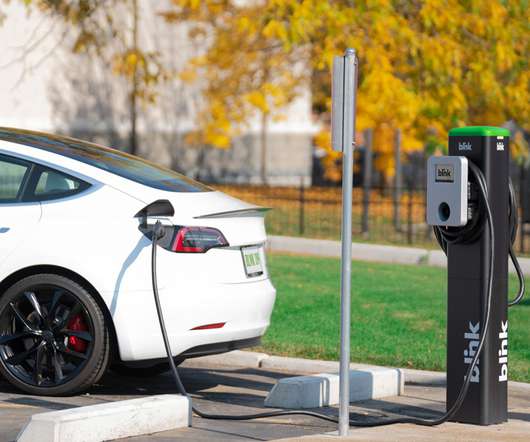Renault makes public its lifecycle study of Fluence ICE vs Fluence EV
Green Car Congress
JULY 11, 2013
Photochemical Ozone Creation Potential (kg Ethene equivalent). Quantifies the production of pollutant ozone (? to ozone layer), the results of the reaction of sunlight on NO x and volatile organic compounds. water, and non-renewable energies (crude oil, coal.) Quantifies ores (steel, aluminum, copper.),













Let's personalize your content